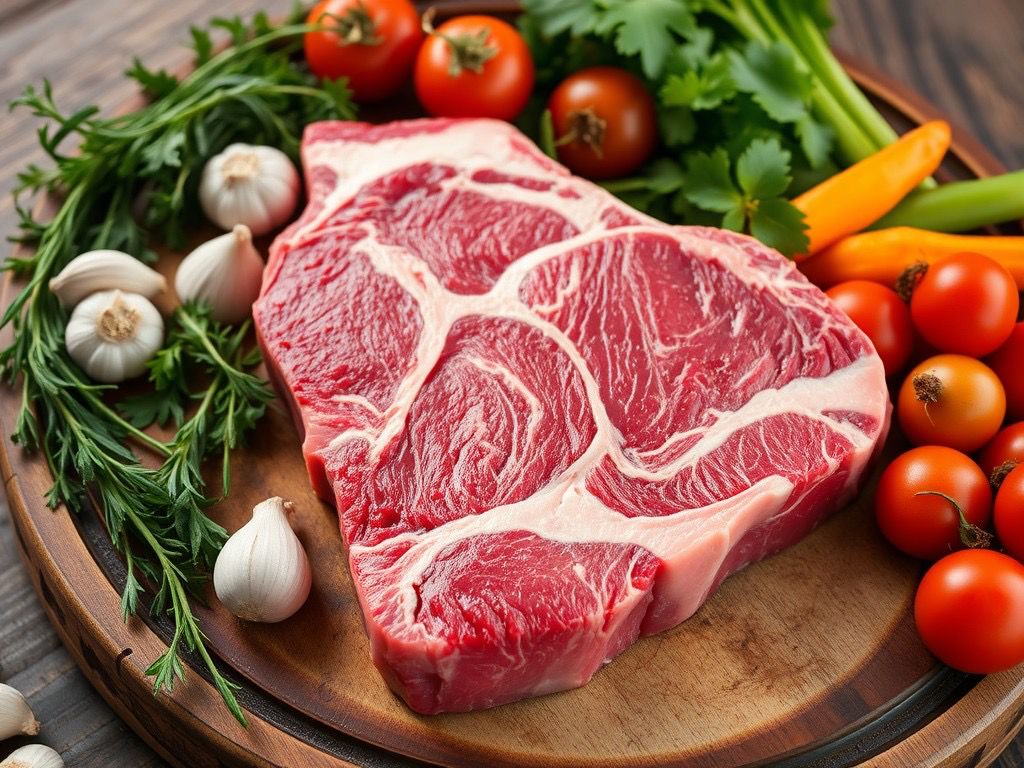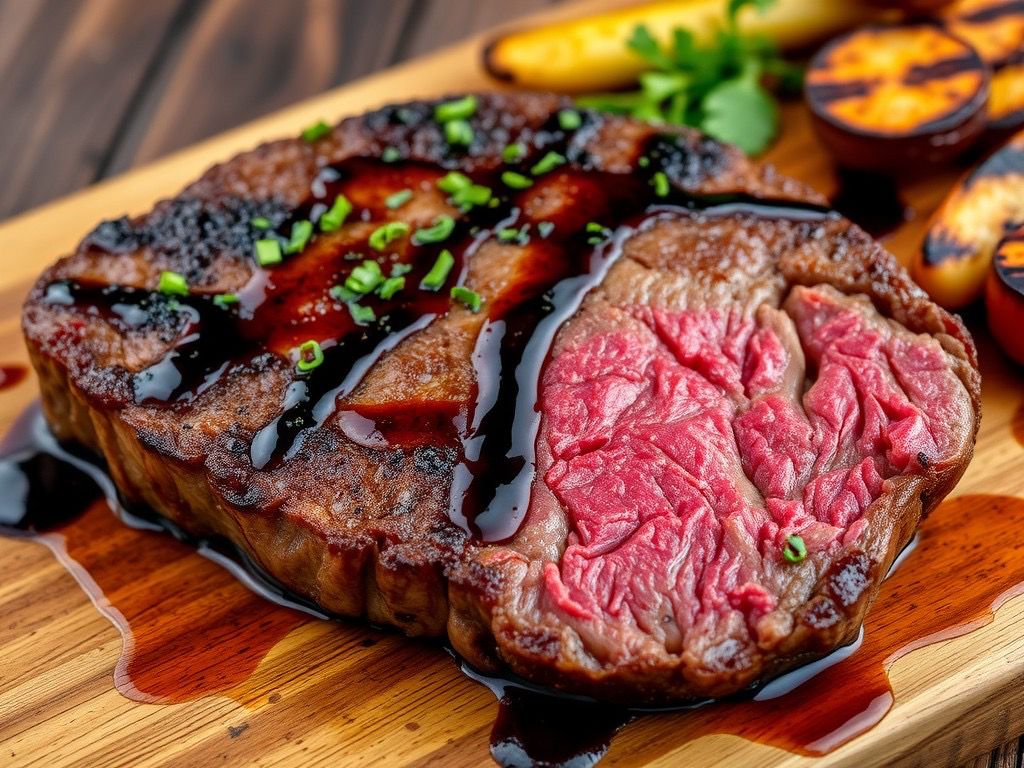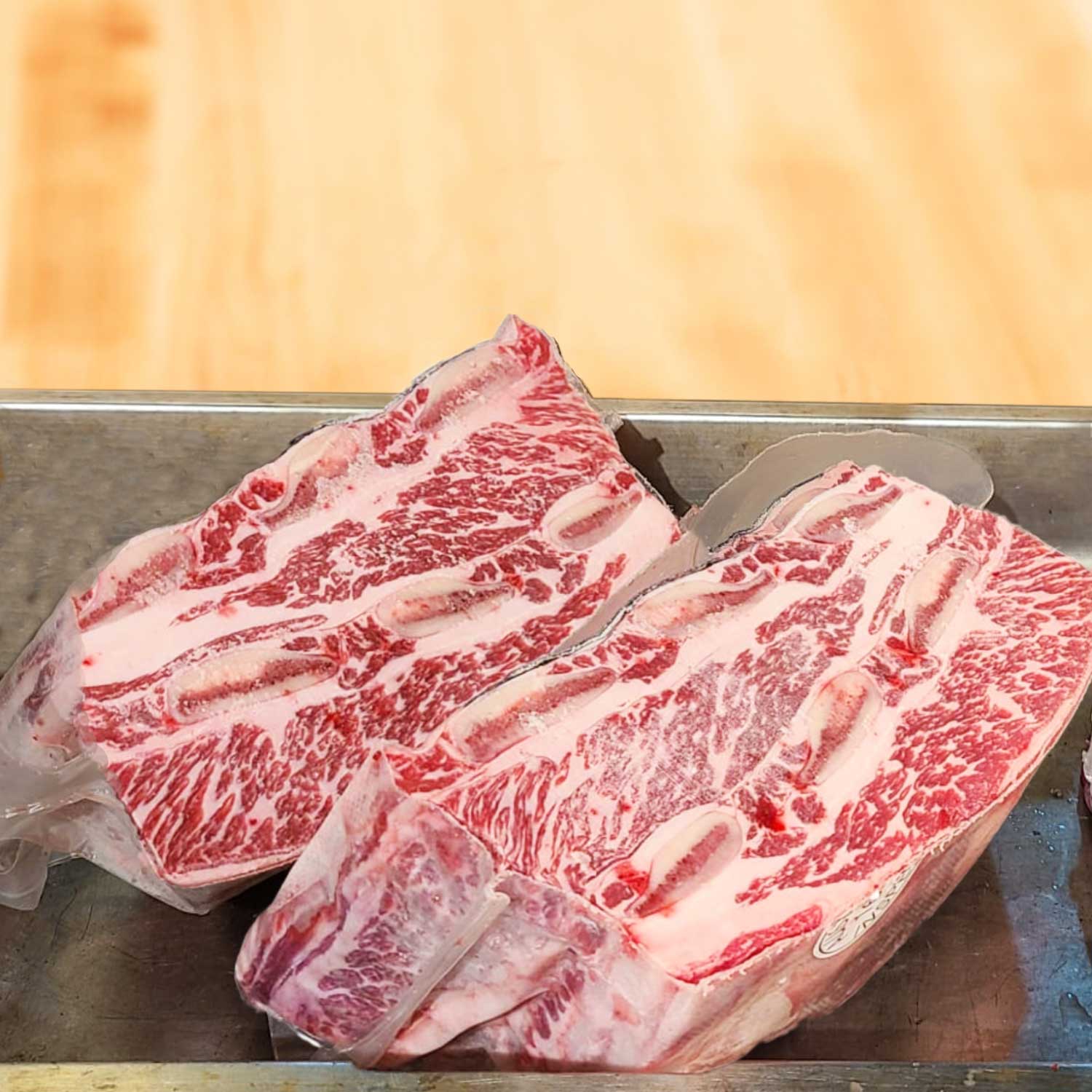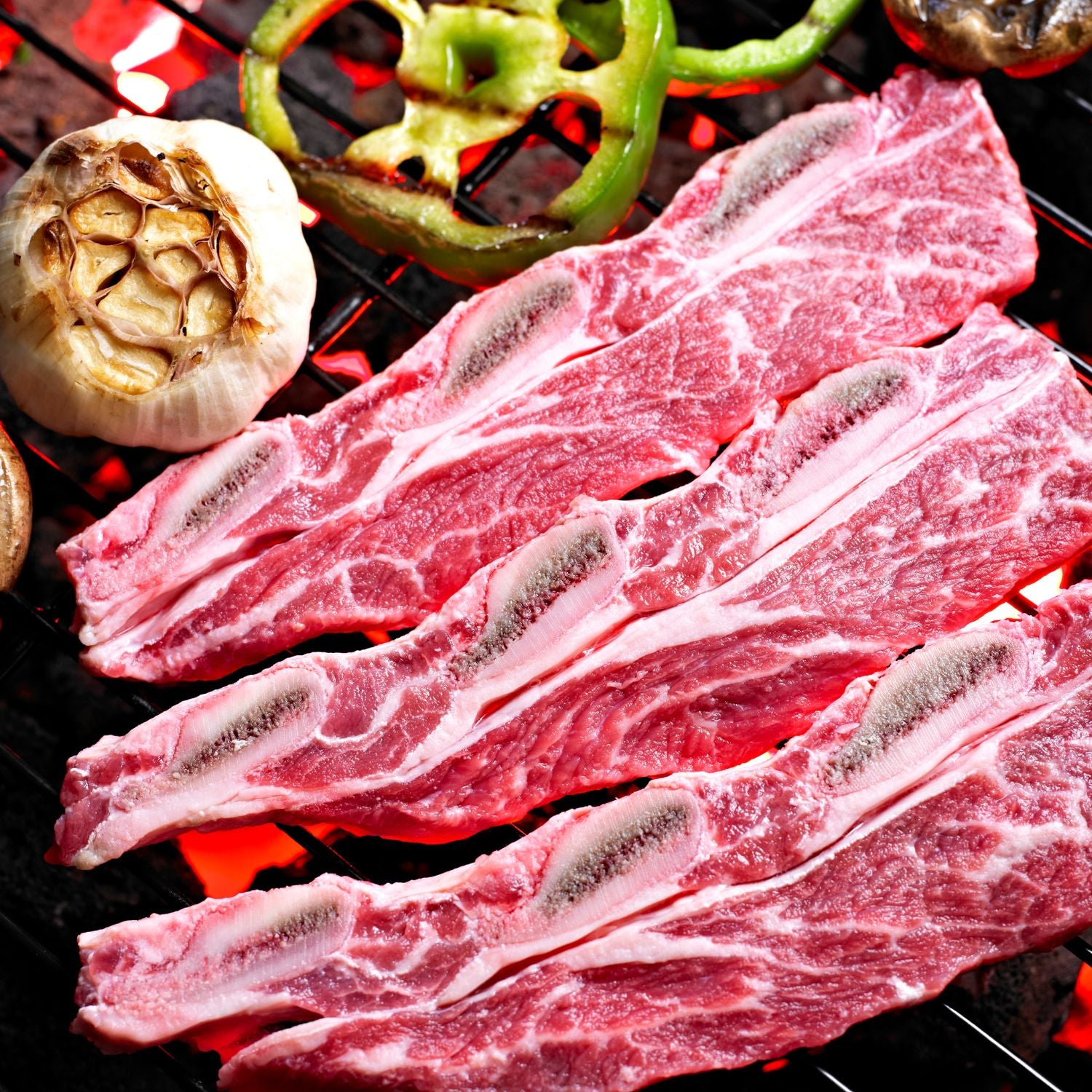Understanding the Benefits of Grass-Fed Beef
Why Grass-Fed Beef is Healthier for You
Grass-fed beef is a healthier choice for many reasons. It contains more Omega-3 fatty acids. These are good for heart health. The beef also has more antioxidants, like vitamin E. Grass-fed beef offers higher levels of conjugated linoleic acid (CLA). CLA may reduce cancer risk. It is also leaner, with less saturated fat than grain-fed beef. This makes it a better option for weight management. Grass-fed beef is rich in key nutrients. These include potassium, iron, and zinc. These nutrients are vital for our bodies. Choosing grass-fed beef can support a healthier diet overall.

The Environmental Advantages of Grass-Fed Farming
Grass-fed beef isn't just good for you, it's also better for the planet. This type of farming uses less feed, water, and energy. Plus, grass-fed cows help improve soil health. They do this by moving around and fertilizing land. This can also mean more plants and better carbon capture. In Hong Kong, where space is tight, these methods are extra useful. Foodies here now seek out this eco-friendly option. And word of mouth is spreading fast about its benefits.
Essential Cooking Techniques for Grass-Fed Beef
Perfectly Pan-Fried Grass-Fed Steak Recipe
Pan-frying grass-fed steak is an art. To start, let your steak reach room temperature. Pat it dry to ensure a beautiful sear. Preheat your pan - cast iron works best. Then, season your steak with salt and pepper just before placing it in the pan. Cook on high heat to form a crust. Flip only once for even cooking. Finish with a touch of butter and herbs for extra flavor. Rest the steak before slicing to keep it juicy. Keep it simple to let the natural flavors shine through.
The Ideal Temperature for Roasting Grass-Fed Beef
Roasting grass fed beef requires a careful eye on temperature. This beef is leaner, which means it can dry out if overcooked. To reach perfection, set your oven between 120-130 degrees Celsius for medium rare. These lower temps ensure slow, even cooking. This allows the beef's natural flavors to shine. Use a meat thermometer to check for doneness. This will help avoid overcooking. Rest your beef for at least 15 minutes before slicing to let the juices redistribute.
How to Make the Most Out of Your Grass-Fed Ribeye
Grass-fed ribeye is a top-notch choice for beef lovers. Here’s how to cook it right. Use a heavy skillet to sear the meat. Make sure it’s hot before adding the ribeye. Sear each side for 2-3 minutes. This locks in flavors. After searing, let it rest. Resting is key for juicy steak. Aim for 5-7 minutes. Finish cooking in the oven if needed. Use a meat thermometer to check. You want a pink center for the best taste. Season it simply. Salt, pepper, and a bit of garlic work well. Avoid overcooking. It can make the beef tough. Serve with sides that compliment its rich flavor. Try roasted veggies or a simple salad. Enjoy your delicious, grass-fed ribeye steak.
Creative Ways to Incorporate Grass-Fed Beef into Your Diet
Grass-Fed Beef Stir-Fry: A Hong Kong Style Dish
Grass-fed beef isn't just for steaks and roasts. It's a versatile meat that can be the star in a stir-fry, especially with a Hong Kong twist. When crafting a Hong Kong-style dish, the focus is on fresh ingredients and bold flavors. Here's a simple recipe to bring the streets of Hong Kong to your kitchen:
- Season your grass-fed beef: Start with thin slices of beef, season with soy sauce, garlic, and a touch of sesame oil.
- Prepare your vegetables: Select crisp veggies like bell peppers, snap peas, and onions for a colorful mix.
- Stir-fry the ingredients: Heat a wok over high heat, add a bit of oil, and cook the beef quickly. Then, toss in the vegetables and keep everything moving.
- Add the finishing touches: A splash of oyster sauce and a sprinkle of green onions add that authentic flavor.
- Serve it up: Plate your stir-fry with a side of steamed rice or noodles for a well-rounded meal.
Simple ingredients and quick cooking make this grass-fed beef stir-fry a healthy, easy, and delicious addition to your diet.
From Cuts to Cultures: Exploring Worldwide Recipes
Grass-fed beef isn't just a health choice, it's a journey in culinary exploration. Each culture has unique ways to prepare beef that brings out its natural grass-fed flavors.
- American BBQ: Marinate your grass-fed beef with a smoky dry rub before slow cooking it over a wood fire.
- Argentinian Asado: Make use of chimichurri sauce to complement the distinct taste of grass-fed beef.
- Italian Bistecca: Season a grass-fed T-bone with rosemary and garlic, then grill to perfection.
- Asian Stir-Fry: Slice the beef thinly and stir-fry with fresh vegetables for a quick, flavorful meal.
- French Boeuf Bourguignon: Slow cook the beef in a rich red wine sauce for a classic comfort dish.
By embracing these global recipes, you can enjoy grass-fed beef in a myriad of delectable ways.
Leveraging Grass-Fed Beef for Healthy Snacking Options
Snacking can be both healthy and delicious with grass-fed beef. Here are simple ideas for snacks:
- Beef Jerky: Choose thin slices of grass-fed beef. Season and dry them for a rich, chewy treat.
- Beef Sticks: Mix ground grass-fed beef with spices. Shape into sticks and bake. They are perfect on-the-go.
- Mini Beef Wraps: Wrap small strips of cooked beef with lettuce and veggies for a quick bite.
- Beef Sushi Rolls: Use thin strips of raw or seared beef in sushi rolls for a unique snack.
- Meatballs: Season ground beef and roll into small balls. Bake and serve with a dipping sauce.
These snacks are rich in protein and low in carbs. They boost energy without the guilt!

















